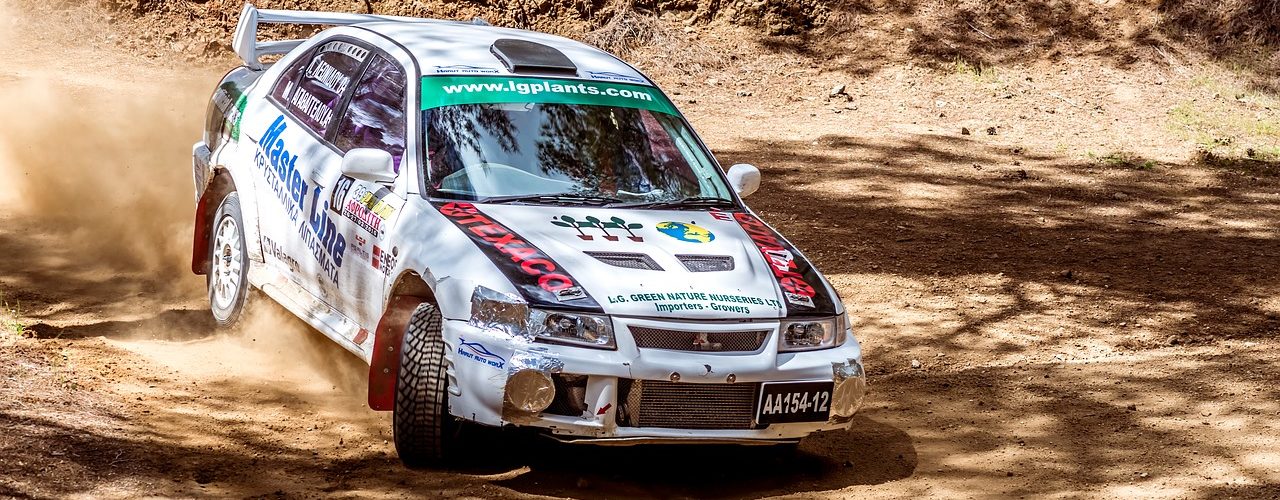Reasons why New Drivers Fail Driving Tests
You could have been the best student in the driving class but on the D day everything just goes wrong and you fail. So what went wrong? Why did you fail your driving test? Well the answer is simple, you made mistakes, mistakes that could easily be avoided.
Mistake #1: Nerves & Lack of Confidence
Even if you’ve prepared correctly, nerves can play a factor in how well you perform behind the wheel. A few ways nerves or stress can negatively impact your testing score include:
- Decreasing focus or concentration.
- Failing to follow the directions of the test examiner.
- Forgetting the basic rules of the road.
- Losing control of your emotions.
Mistake #2: Not Practicing Enough
Whether it’s your parent’s busy schedule or your own, finding enough time to spend practicing behind the wheel can be difficult—and it’s often the reason mistakes are made on test day.
Sourced from: http://www.dmv.org/teen-drivers/why-new-drivers-fail-the-road-test.php
Now there is no reason to feel bad that you did not pass the test. You simply did not have enough information and you are not the only one. Many people fail driving tests. It is part of learning how to do things right. The good thing is that you can retake the test as many times as you like.
(MoneyWatch) If the rules of the road are a mystery to you, you’re far from alone. A new survey of 500 drivers found that 44 percent couldn’t get a passing score on a written driving test.
Drawing questions from state drivers’ license practice tests, CarInsurance.com reports that only 56 percent of respondents could get the 80 percent score required to pass. Women did better than men, getting an average score of 78 percent, versus 71 percent for males. Older drivers also outscored their younger counterparts. People over 40 got 79 percent right, while those under 40 got an average score of just 67 percent.
The good news is that there’s no limit to the number of times you can take a driving test — assuming you can afford it. In many states, you’ll pay between $10 and $30 each time you take a driver’s test. And if you have to take time off work to go, that’s an indirect cost, too.
Sourced from: http://www.cbsnews.com/news/more-than-4-in-10-people-fail-driving-test/
Failing to prepare is preparing to fail. You should know what to expect during the driving test. This is so that you prepare yourself mental and physically. Your instructor should pick you early so that you can warm up. You should also ensure that you have good eyesight.
Day of the driving test
If you are with a driving instructor, they will usually pick you up around one hour before the test. This will give you a little time to warm up and get your driving skills up to scratch. If you are not with an instructor, take a drive around the test roads for 30 to 40 minutes to get your self accustomed to the conditions.
Ensure you take with you your provisional driving licence photocard. Without this, the examiner will terminate the driving test. Ideally, also take the test booking details. If they were emailed to you, print them out and also your theory test pass certificate.
Sourced from: http://www.drivingtesttips.biz/what-to-expect-on-driving-test.html

